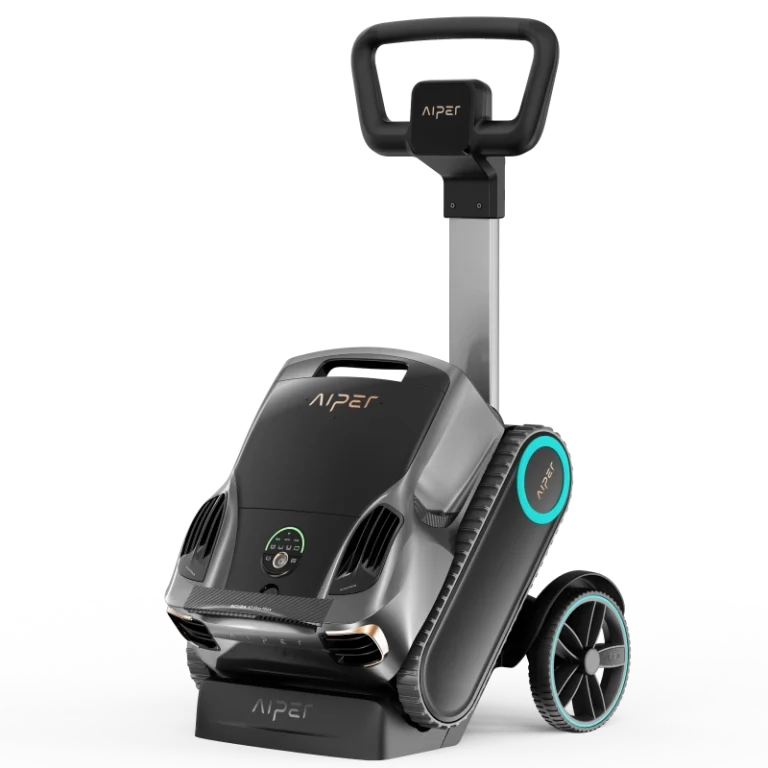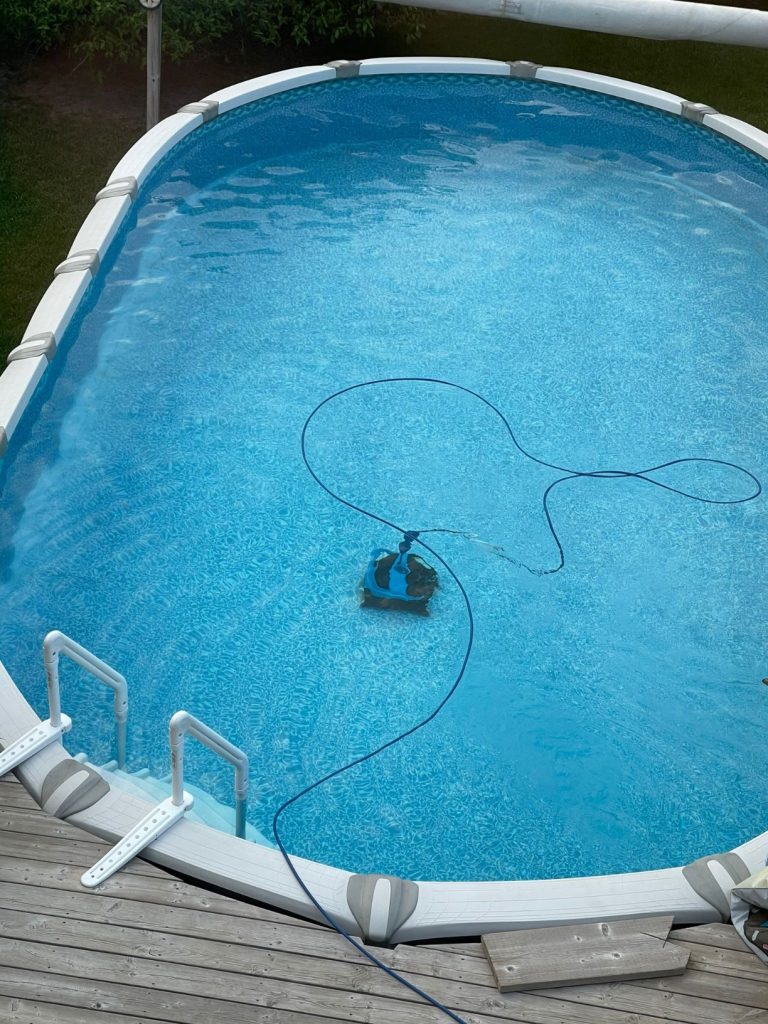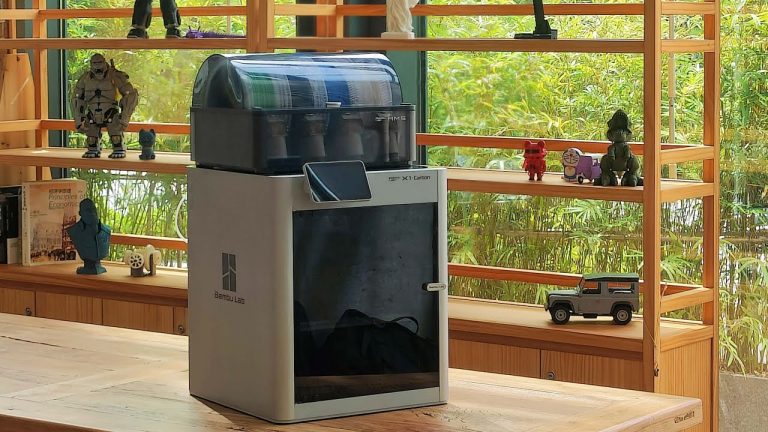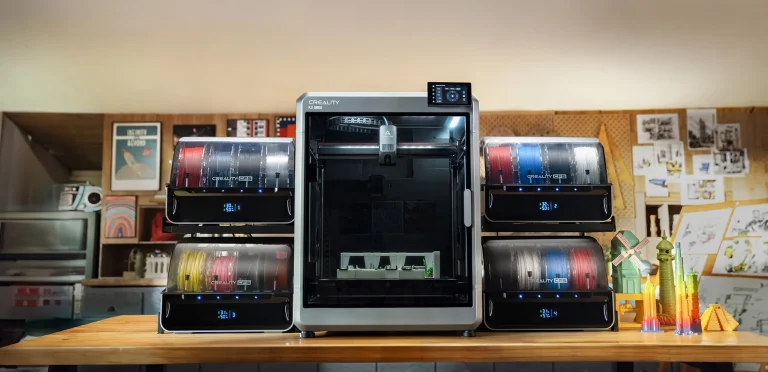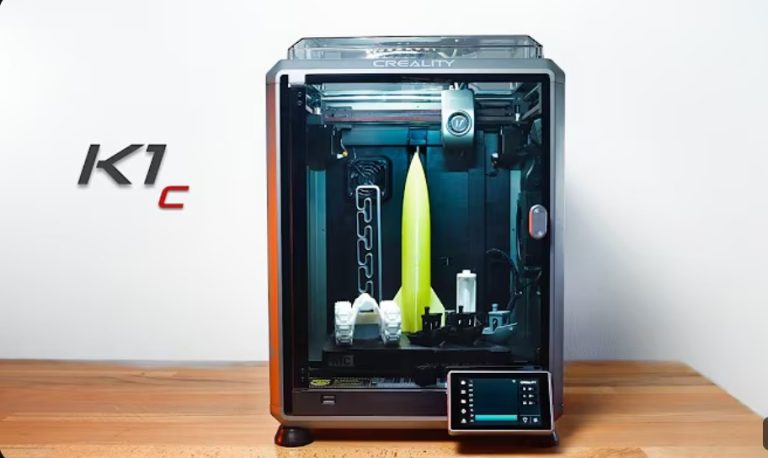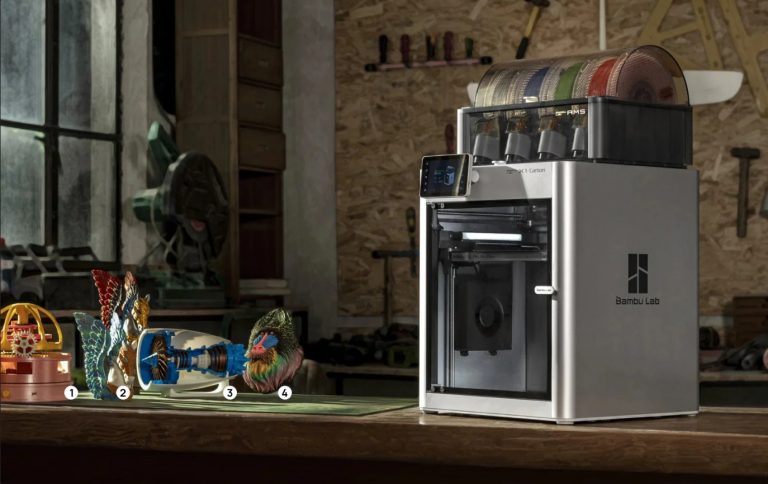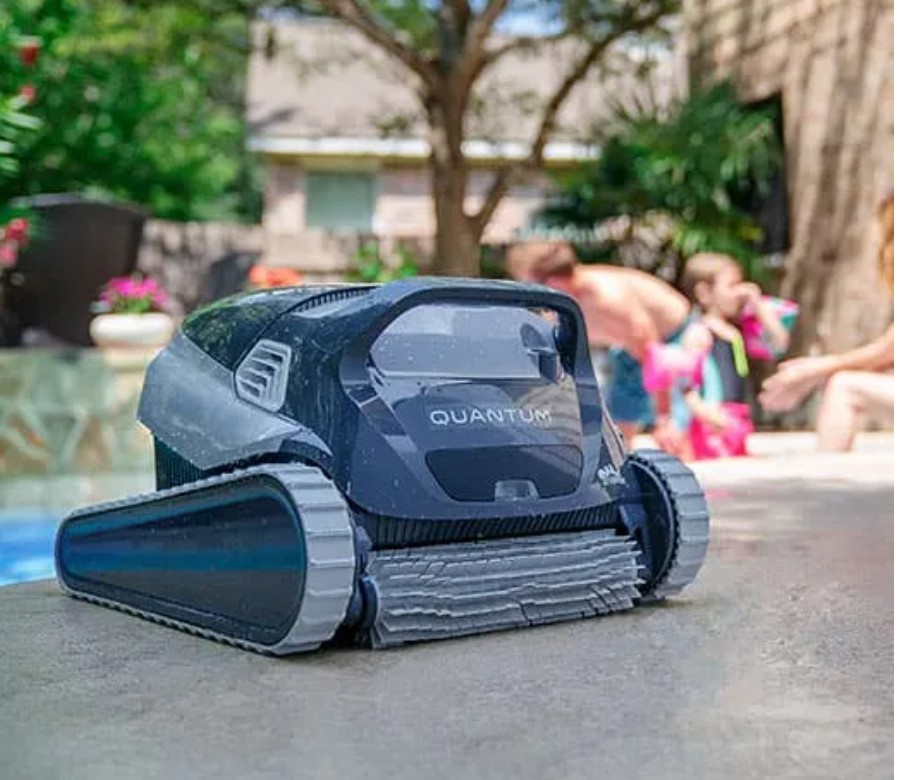
Meta Description: Discover expert-reviewed in-ground pool cleaners, from robotic systems to suction-side models. Learn how to balance performance, energy efficiency, and budget with data-driven insights.
-
Robotic Pool Cleaners: Autonomous Precision with Smart Connectivity
Modern robotic cleaners (e.g., Dolphin Nautilus CC Plus, Pentair Warrior SE) combine AI-driven navigation and multi-surface scrubbing brushes to achieve 99% debris removal. Key metrics:
-
Motor Power: 24V–48V DC motors (e.g., Maytronics’ Active Dual Brush System)
-
Filtration: Microfilters (2–5 microns) vs. pleated cartridge filters
-
Energy Use: 180–300W/hour (vs. 1,500W+ for pump-dependent models) Pros: Programmable cleaning cycles, app-controlled mapping, reduced pump dependency Cons: High upfront cost ($800–$1,500), periodic part replacements Maintenance Tip: Rinse filters with TSP (trisodium phosphate) to prevent biofilm buildup.
-
Suction-Side Cleaners: Budget-Friendly Simplicity
Models like Hayward Poolvergnuegen attach to skimmer inlets, leveraging the pool pump’s suction (20–30 GPM flow rate).
-
Efficiency: 70–85% debris capture (per NSF/ANSI 50 testing)
-
Energy Impact: Adds 8–12 psi to pump load, increasing kWh usage by 15% Pros: Affordable ($150–$400), minimal moving parts Cons: Limited to pump runtime, struggles with heavy debris Maintenance Tip: Install leaf canisters to protect pump impellers.
-
Pressure-Side Cleaners: Balanced Performance with Dedicated Filtration
Polaris F9550 Sport exemplifies this category, using booster pumps (0.75–1.5 HP) to power turbine-driven wheels.
-
Pressure Range: 12–20 psi optimal
-
Debris Capacity: 30L+ bags (ideal for leaf-heavy pools) Pros: Independent filtration, climbs walls effectively Cons: Booster pump adds $200/year in energy costs Maintenance Tip: Lubricate thrust jets annually with silicone grease.
-
Manual Systems: Cost-Effective but Labor-Intensive
Telescopic poles (e.g., Swimline 8ft Aluminum) paired with vacuum heads require 45–90 minutes weekly.
-
Tool Compatibility: Universal 1.5″ connectors for brushes/nets
-
Efficiency: 50–60% debris removal (user-dependent) Pros: No energy costs, <$100 investment Cons: Time-consuming, ineffective against microdebris
-
Hybrid Solutions: Multi-Stage Cleaning Systems
Emerging systems like Aiper Seagull Pro combine robotic navigation with UV sterilization (4x NSF/ANSI 50 pathogen reduction).
Comparative Analysis: Energy & Cost Efficiency
| Type | Avg. Price | Annual Energy Cost | Debris Removal Rate |
| Robotic | $1,200 | $60 | 95–99% |
| Pressure-Side | $600 | $220 | 85–90% |
| Suction-Side | $300 | $180 | 70–80% |
| Manual | $80 | $0 | 50–60% |
Source: 2025 Pool & Hot Tub Alliance (PHTA) Maintenance Report
